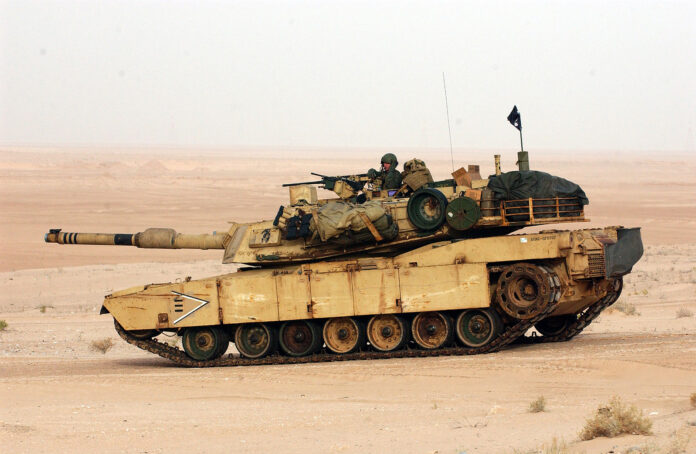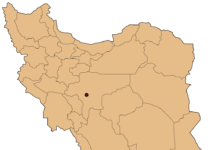Chobham armor is a composite armor developed at a British tank research center, Chobham Common, Surrey. Developed in the 1960s, Chobham armor is also referred to as Dorchester or Burlington.
It is important to note that Chobham armor’s design and construction details are a secret. However, research shows that Chobham armor comprises ceramic tiles enclosed within a robust metal framework, a backing plate, and additional elastic layers. The framework that holds the ceramic tiles is usually a large block. Ergo, Chobham armor has a distinctive angled appearance compared to other tanks. Although the backing plate can be made from steel, aluminum is the best option because it is lightweight. The backing plate improves the stability and rigidity of Chobham armor.
Since ceramic tiles cannot effectively sustain multiple impacts without losing their protective value, they are made as small as possible. The materials used to offer protection and resistance against shaped jet charges, e.g., High Explosive Anti-Tank rounds (HEAT). Chobham armor also shatters (KE-penetrators) kinetic energy penetrators, thus guaranteeing the safety of the occupants.






